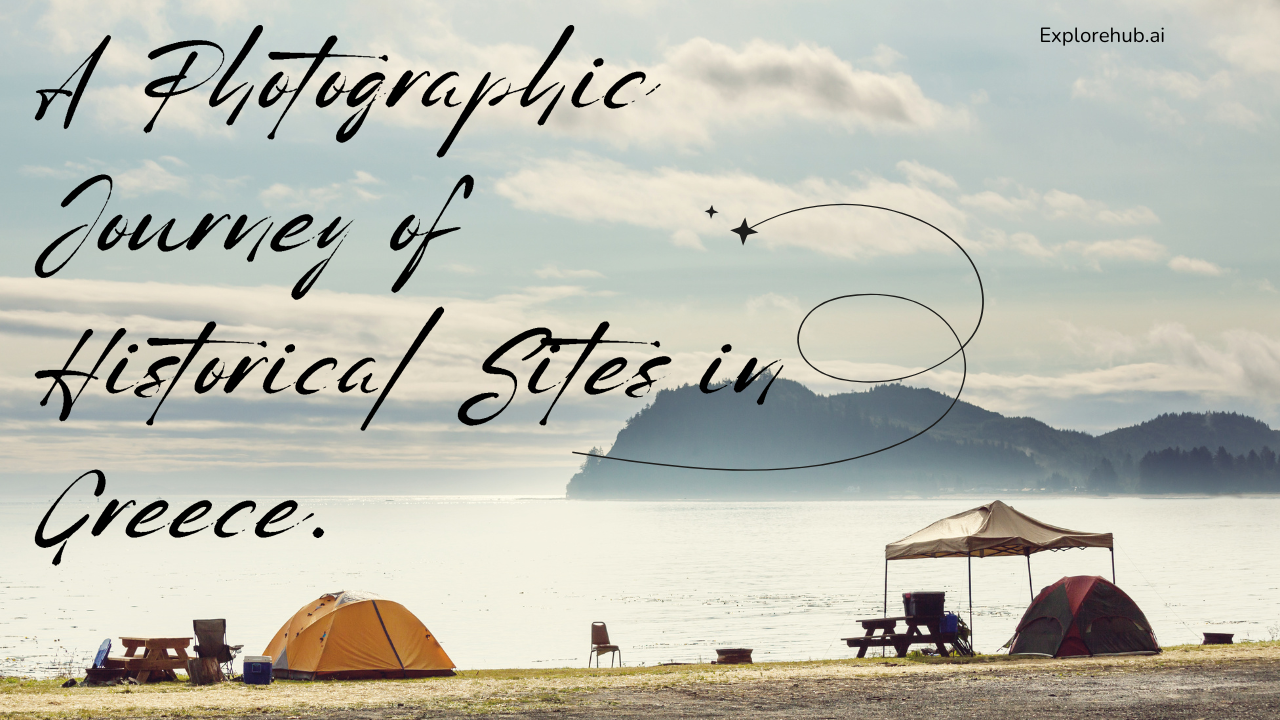Greece is a country where history and beauty blend seamlessly. For photography enthusiasts, the ancient ruins and timeless landscapes offer a perfect canvas to capture the past in the present. Whether you’re drawn to the iconic Acropolis or the mystical monasteries of Meteora, this photographic journey will guide you through the most breathtaking historical sites in Greece.
Table of Contents
The Acropolis of Athens
The Parthenon: A Symbol of Classical Antiquity
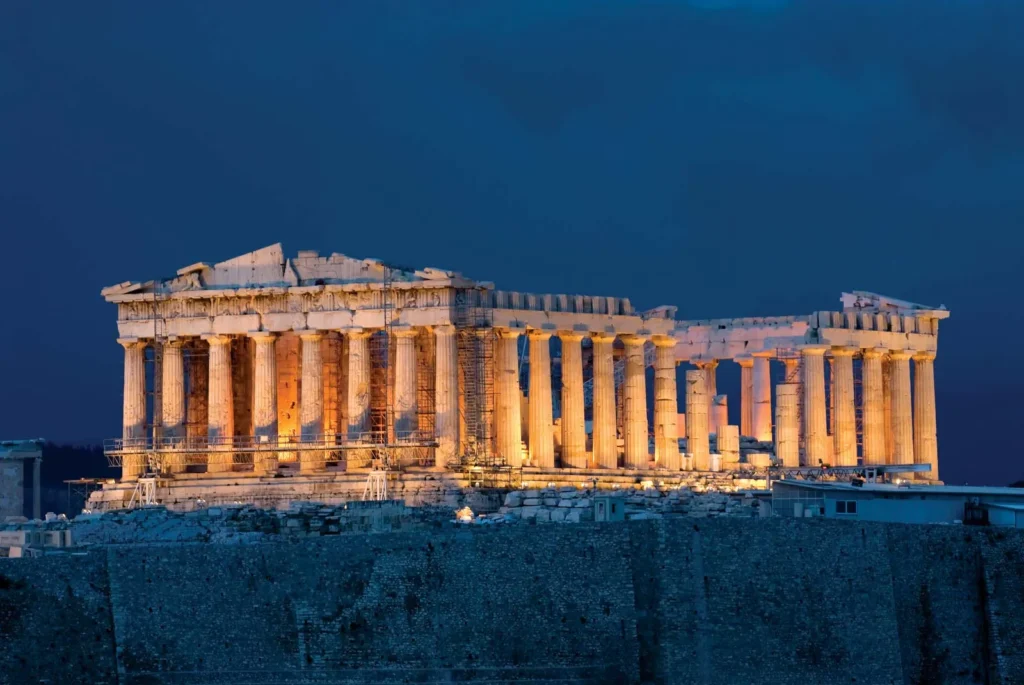
Perched high above Athens, the Acropolis is a must-visit for any photographer. The Parthenon, with its magnificent Doric columns, is best captured during sunrise or sunset when the golden light enhances its grandeur.
The Erechtheion and Caryatids: Unique Architectural Marvels
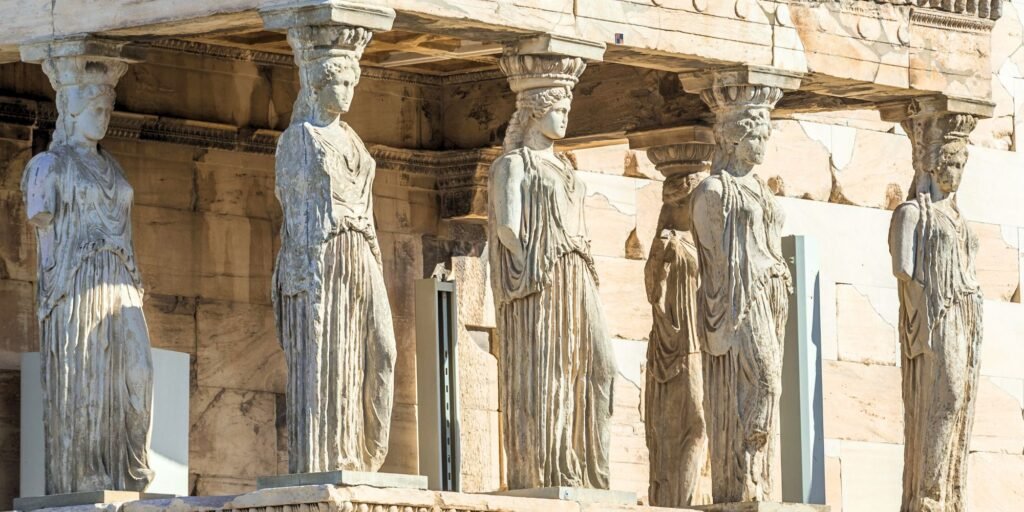
The Erechtheion, an iconic temple located on the Acropolis of Athens, is renowned for its unique architectural design and historical significance. This ancient structure, dedicated to Athena and Poseidon, is particularly famous for its Caryatids—six elegantly draped maiden statues that serve as columns supporting the temple’s porch. These statues are not only remarkable for their structural function but also for their artistic beauty, making them a focal point for photographers and art enthusiasts alike.
When photographing the Caryatids, a zoom lens is invaluable. This type of lens allows you to get up close and personal with the intricate details of the statues, capturing the delicate folds of their garments, the serene expressions on their faces, and the craftsmanship that has withstood the test of time. The fine details, such as the hair, drapery, and the way light interacts with the marble, can be beautifully highlighted with a zoom lens. This close-up perspective can evoke a sense of intimacy with the figures, allowing viewers to appreciate the artistry and skill of the ancient sculptors who created them.
In addition to the zoom lens, a wide-angle lens is essential for capturing the entire structure of the Erechtheion against the stunning backdrop of the Athenian sky. The temple’s asymmetrical design, with its multiple levels and intricate architectural elements, is best appreciated from a distance. A wide-angle shot can encompass the entire temple, showcasing its unique features, such as the elegant columns, the ornate friezes, and the overall harmony of the structure within its historical context. The contrast between the temple’s ancient stone and the vibrant blue sky creates a striking visual that emphasizes the beauty of the site.
The Erechtheion is not just a temple; it is a symbol of Athenian democracy and the city’s rich cultural heritage. The site is steeped in mythology, as it is believed to be the location of the contest between Athena and Poseidon for the patronage of the city. This historical significance adds depth to your photographs, allowing you to convey a narrative that goes beyond mere aesthetics. Capturing the Erechtheion in its entirety, with the Caryatids standing majestically at the forefront, tells a story of ancient Greek civilization, its values, and its artistic achievements.
When planning your photography session at the Erechtheion, consider the time of day for optimal lighting. The golden hour, shortly after sunrise or before sunset, bathes the temple in warm, soft light, enhancing the textures of the marble and creating dramatic shadows that add depth to your images. This time of day is also less crowded, allowing for more freedom to compose your shots without the distraction of tourists.
In addition to the Caryatids, the surrounding landscape offers numerous opportunities for creative compositions. The view of the Acropolis from various angles can provide a stunning backdrop, while the juxtaposition of the ancient temple against the modern city of Athens can create a powerful contrast that highlights the continuity of history.
Furthermore, consider incorporating elements of the environment into your shots. The lush greenery surrounding the Acropolis, the distant hills, and the urban landscape can all contribute to a more dynamic composition. Experimenting with different perspectives—such as shooting from a low angle to emphasize the height of the Caryatids or capturing the temple from a higher vantage point—can yield unique and compelling images.
In conclusion, the Erechtheion and its famous Caryatids offer a wealth of photographic opportunities. Utilizing a zoom lens to capture the intricate details of the statues, alongside a wide-angle lens to encompass the grandeur of the temple, will allow you to create a diverse portfolio of images that celebrate the beauty and historical significance of this remarkable site. Whether you are a professional photographer or an enthusiastic amateur, the Erechtheion is a must-visit destination that promises to inspire and captivate through its artistry and rich heritage.
Delphi – The Oracle of Apollo
The Significance of Delphi in Ancient Greece
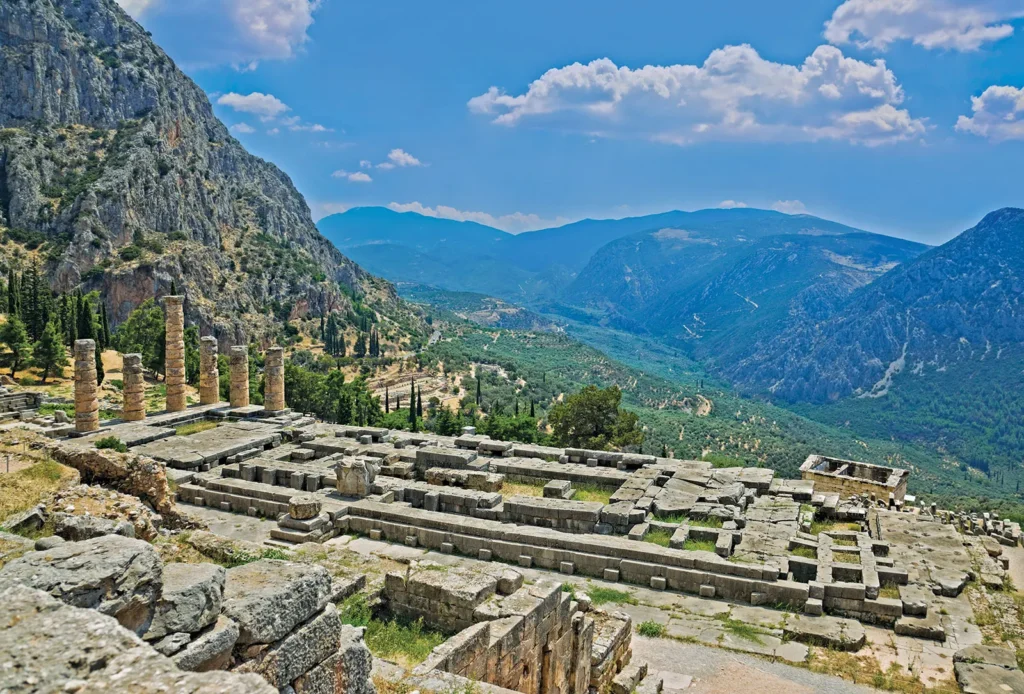
Once considered the center of the world, Delphi was home to the Oracle of Apollo. Photographers can capture the Temple of Apollo with Mount Parnassus in the background for a truly magical composition.
The Ancient Theatre of Epidaurus
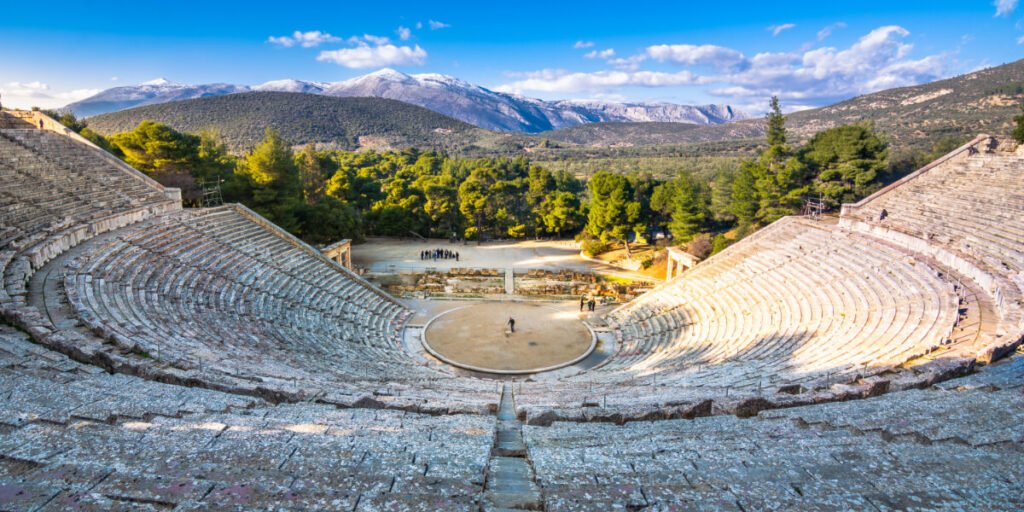
Renowned for its impeccable acoustics, this ancient theater is a visual masterpiece. A panoramic shot from the top row showcases its perfect symmetry and grandeur.
Meteora – Monasteries Suspended in the Sky
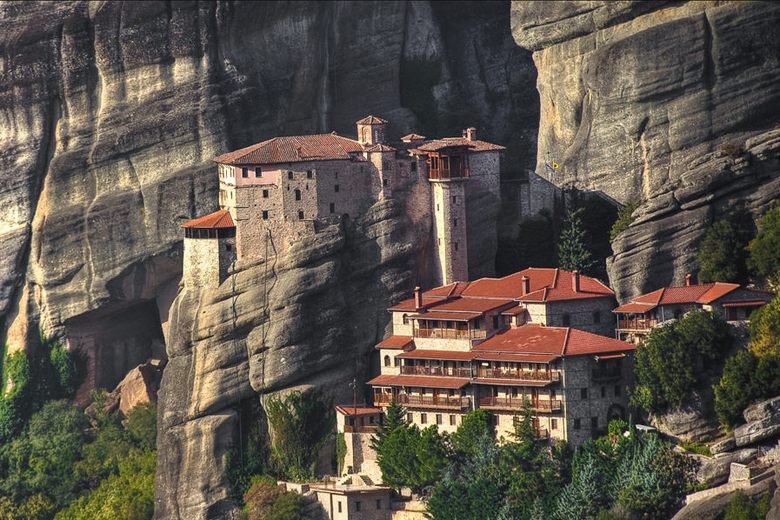
Meteora’s monasteries seem to float above the clouds. Sunset and sunrise provide the most dramatic lighting, making it a dream location for photographers seeking ethereal landscapes.
Mycenae – The Land of Legends
The Lion Gate: Entrance to an Ancient Civilization
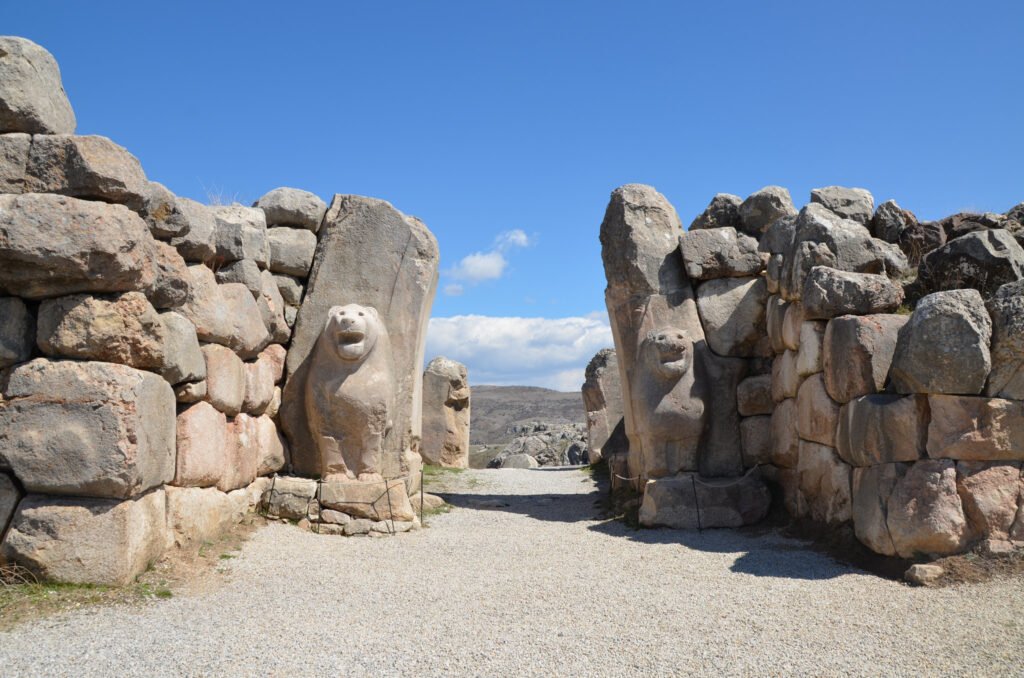
The imposing Lion Gate is best photographed in the early morning before crowds arrive.
Olympia – Birthplace of the Olympic Games
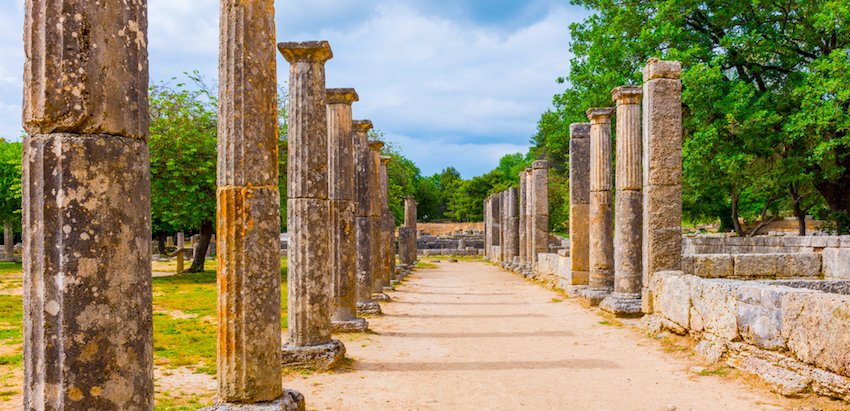
The ruins of Olympia include the Temple of Zeus and the original Olympic stadium. A wide-angle lens captures the vastness of the site beautifully.
The Island of Delos

Once a major religious and trading hub, Delos offers mesmerizing ruins, including the famous Terrace of the Lions.
The Palace of Knossos – Minoan Civilization
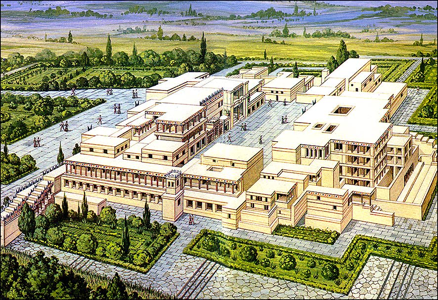
This archaeological site in Crete is a vivid reminder of the Minoan era. Its frescoes and labyrinthine corridors are best captured in the soft morning light.
The Temple of Poseidon at Cape Sounion
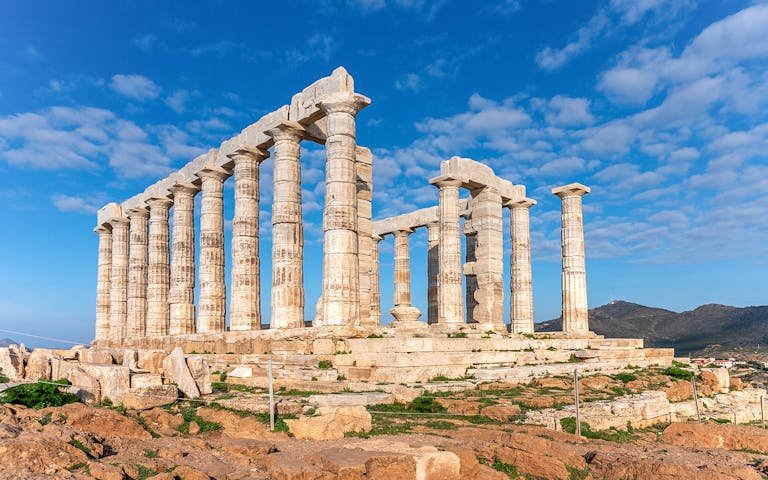
A dramatic temple perched on the cliffs, Cape Sounion is best visited at sunset when the sky turns fiery orange, creating an unforgettable backdrop.
Conclusion
Greece’s historical sites are not only a treasure trove for history lovers but also a paradise for photographers. Each ruin tells a story, each sunset over ancient stones adds to the magic. Whether you’re an amateur with a smartphone or a professional with a DSLR, Greece offers endless inspiration.

